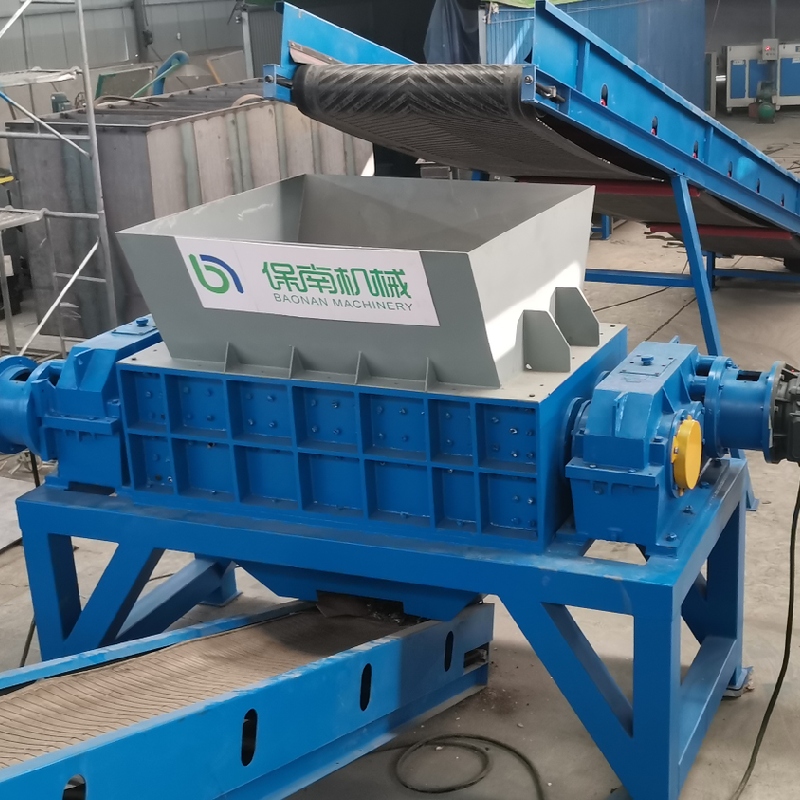

Oct . 07, 2024 06:08 Back to list
What is Shred Scrap Metal?
Shred scrap metal refers to the remnants of metal products that have been processed through shredding machinery, which breaks down larger pieces into smaller fragments. This practice is an essential part of the recycling process for metals, allowing manufacturers, industries, and consumers to recover valuable materials while minimizing waste. Understanding what shred scrap metal is, how it is produced, and its significance in the recycling industry offers insight into both environmental sustainability and the economy.
The Shredding Process
The shredding of scrap metal involves several key steps. Initially, obsolete or unwanted metal products—such as old vehicles, appliances, and industrial parts—are collected. Once gathered, these items undergo a thorough sorting process to remove non-metal components like plastics, rubber, and wood. This step is crucial because impurities can affect the quality of the recycled metal.
Next, the metals enter a shredding machine, where they are mechanically processed into smaller, manageable pieces. The shredding not only reduces the size of the materials but also ensures uniformity, making it easier to handle and transport. After shredding, the metal fragments are often subjected to separation techniques that use magnets or eddy currents to isolate ferrous and non-ferrous metals.
Types of Shred Scrap Metal
Shred scrap metal can be categorized into two primary types ferrous metals and non-ferrous metals. Ferrous metals contain iron and include materials like steel and cast iron. They are magnetic, making them easier to separate during the recycling process. Non-ferrous metals, on the other hand, do not contain iron and include aluminum, copper, brass, and lead. These metals are typically more valuable in the recycling market due to their properties and demand.

The detailing of these categories reveals the economic aspect of shred scrap metal. Non-ferrous metals, for instance, are often sought after for manufacturing new products, leading to higher prices in scrap yards and recycling facilities. In contrast, ferrous metals, while abundant and useful, tend to be cheaper owing to their widespread availability.
Significance of Shred Scrap Metal
Shred scrap metal plays a pivotal role in promoting environmental sustainability. Recycling metals conserves natural resources, saves energy, and reduces greenhouse gas emissions compared to producing new metals from raw materials. For instance, recycling aluminum saves up to 95% of the energy required to create new aluminum from bauxite ore. Similarly, recycling steel reduces energy use by about 74% and lowers carbon dioxide emissions.
Furthermore, the economic benefits of shred scrap metal are noteworthy. The recycling industry generates billions of dollars annually, providing jobs and supporting local economies. By participating in metal recycling, individuals and businesses can contribute to a circular economy—an economic model that emphasizes reuse, repair, and recycling, thereby extending the lifecycle of materials.
Conclusion
In summary, shred scrap metal represents an essential component of metal recycling. Its production through the shredding process not only facilitates the recovery of valuable materials but also supports environmental sustainability and economic growth. By understanding the significance of shred scrap metal, we can appreciate its role in conserving resources, reducing waste, and fostering a cleaner planet for future generations. Whether for personal or industrial purposes, engaging in metal recycling is a step in the right direction towards a more sustainable future.
Latest news
Troubleshooting Common Eddy Separator Problems
NewsJul.04,2025
The Role of Metal Recycling Plants in Circular Economy
NewsJul.04,2025
The Impact of Recycling Line Pickers on Waste Management Costs
NewsJul.04,2025
Safety Features Every Metal Shredder Should Have
NewsJul.04,2025
How Industrial Shredders Improve Waste Management Systems
NewsJul.04,2025
How Cable Granulators Contribute to Sustainable Recycling
NewsJul.04,2025